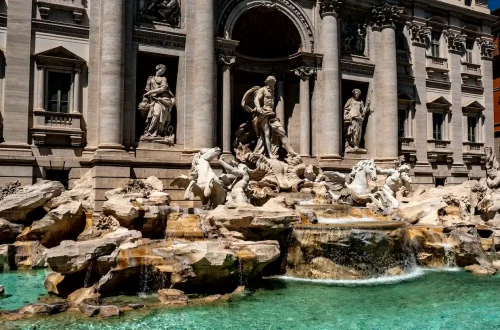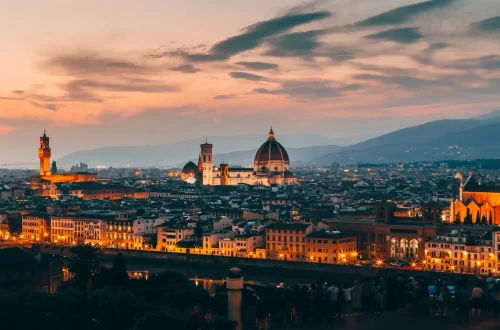Obtaining Italian dual citizenship can be a rewarding process, allowing you to enjoy the benefits of both worlds. Whether you’re eligible through descent, marriage, or residency, understanding the requirements is essential. Let’s explore the pathways to Italian citizenship.
1. Residency Route
This is the most expensive route. Requirements varies according to your nationality:
- Non-EU Citizens: If you’re a non-EU citizen, you’ll need at least 10 years of legal residency in Italy. Legal residency is determined by your registration within the municipal registry office (“anagrafe”). Keep track of your residency status during this period.
- EU Citizens: EU citizens have a shorter legal residency requirement—only four years. Make sure to maintain your residency documentation throughout this period.
2. Descent (jus sanguinis)
Italian citizenship is founded on the principle of jus sanguinis—the “right of blood”—which grants citizenship through lineage.
As of 2025, eligibility is limited to individuals with at least one Italian parent or grandparent born in Italy. Applicants may also qualify if one of their parents—though not their grandparents—resided in Italy continuously for at least two years. In all cases, it must be proven that the Italian ancestor held exclusive Italian citizenship at the time of their death.
These changes were introduced by Decree-Law 36/2025 and later ratified by Law No. 74 of May 23, 2025. According to legal experts, certain provisions may conflict with constitutional principles.
Notably, the law retroactively revokes citizenship rights from individuals who were previously considered citizens by descent. In Italian legal tradition, citizenship is not acquired but rather recognized, meaning those with verified Italian ancestry are already citizens in the eyes of the law.
As a result, individuals who have lost eligibility under the new rules may pursue judicial remedies to challenge the legislation. This is particularly relevant since, as of June 2025, the judicial route is the only available path to obtain Italian citizenship. While a centralized governmental authority in Italy is expected to oversee administrative applications, its structure and procedures have yet to be finalized
Take advantage of specialized assistance to secure your passport for a borderless future.
3. Marriage to an Italian Citizen
If you’re married to an Italian citizen, you can apply for Italian citizenship. Here are the specifics:
- Residency: You must have lawfully resided in Italy for at least two years following the marriage. If you have chosen to live abroad, you must wait three years.
- Marital Status: At the time of application, your marriage must not have been dissolved, annulled, or terminated. You and your spouse must not be separated.
Necessary documents
Birth, death and marriage certificates of everyone in the line of descent (parents and/or grandparents) are required. For more information, head to this webpage.
Conclusion
Navigating the Italian citizenship process can be complex, but expert assistance can make it smoother. Count on io.citizen! We will assist you in obtaining your Italian citizenship. With our support, you’ll confidently embrace your Italian heritage while enjoying the benefits of dual citizenship. Contact us today!






